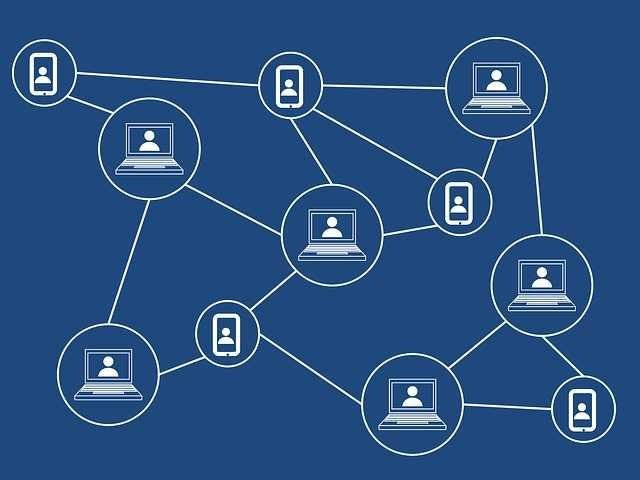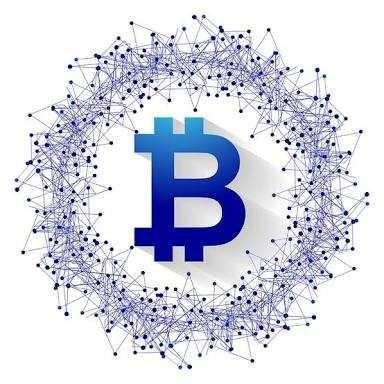What is Blockchain technology? - A practical explanation for crypto newbies

People use the term ‘blockchain technology’ to mean different things, and it can be confusing. Sometimes they are talking about The Bitcoin Blockchain, sometimes it’s other virtual currencies, sometimes it’s smart contracts. Most of the time though, they are talking about distributed ledgers, i.e. a list of transactions that is shared among a number of computers, rather than being stored on a central server.
The common themes seem to be a data store which:
- Usually contains financial transactions.
- Is replicated across a number of systems in almost real-time.
- Usually exists over a peer-to-peer network.
- Uses cryptography and digital signatures to prove identity, authenticity and enforce read/write access rights.
- Can be written by certain participants.
- Can be read by certain participants, a wider audience.
- Has mechanisms to make it hard to change historical records, or at least make it easy to detect when someone is trying to do so.
Think of “blockchain technology” as a collection of technologies, a bit like a bag of Lego. From the bag, you can take out different bricks and put them together in different ways to create different results.

INTRODUCING BITCOIN’S BLOCKCHAIN
The Bitcoin Blockchain ecosystem
As a primer on bitcoin, it may help to review the original whitepaper by Satoshi Nakamoto titled Bitcoin: A Peer-to-Peer Electronic Cash System.
The Bitcoin Blockchain ecosystem is actually quite a complex system due to its dual aims: that anyone should be able to write to The Bitcoin Blockchain; and that there shouldn’t be any centralised power or control. Relax these, and you don’t need many of the convoluted mechanisms of Bitcoin.
The Bitcoin Blockchain ecosystem acts like a
network of replicated databases, each containing the same list of past bitcoin transactions. Important members of the network are called validators or nodes which pass around transaction data (payments) and block data (additions to the ledger). Each validator independently checks the payment and block data being passed around. There are rules in place to make the network operate as intended.
Bitcoin’s complexity comes from its aims. The aim of bitcoin was to be decentralised, i.e. not have a point of control, and to be relatively anonymous. This has influenced how bitcoin has developed. Not all blockchain ecosystems need to have the same mechanisms, especially if participants can be identified and trusted to behave.
Public Vs Private Blockchains
There is a big difference in what technologies you need, depending on whether you allow anyone to write to your blockchain, or known, vetted participants. Bitcoin allows anyone to write to its ledger.
Public blockchains.
Ledgers can be ‘public’ in two senses:
Anyone, without permission granted by another authority, can write data
Anyone, without permission granted by another authority, can read data
Usually, when people talk about public blockchains, they mean anyone-can-write.
Private blockchains.
Conversely, a ‘private’ blockchain network is where the participants are known and trusted: for example, an industry group, or a group of companies owned by an umbrella company.
Many of the mechanisms aren’t needed - or rather they are replaced with legal contracts.
This changes the technical decisions as to which bricks are used to build the solution.

Because bitcoin is designed as a ‘anyone-can-write’ blockchain, where participants aren’t vetted and can add to the ledger without needing approval, it needs ways of arbitrating discrepancies (there is no ‘boss’ to decide), and defence mechanisms against attacks (anyone can misbehave with relative impunity, if there is a financial incentive to do so). These create cost and complexity to running this blockchain.
DATA STORAGE: What is a blockchain?
A blockchain is just a file. A blockchain by itself is just a data structure. That is, how data is logically put together and stored. Other data structures are databases (rows, columns, tables), text files, comma separated values (csv), images, lists, and so on. You can think of a blockchain competing most closely with a database.
Blocks in a chain = pages in a book
For analogy, a book is a chain of pages. Each page in a book contains:
The text: for example the story.
Information about itself: at the top of the page there is usually the title of the book and sometimes the chapter number or title; at the bottom is usually the page number which tells you where you are in the book. This ‘data about data’ is called meta-data.
Similarly in a blockchain block, each block has:
The contents of the block, for example in bitcoin is it the bitcoin transactions, and the miner incentive reward.
A ‘header’ which contains the data about the block. In bitcoin, the header includes some technical information about the block, a reference to the previous block, and a fingerprint (hash) of the data contained in this block, among other things. This hash is important for ordering.
Blocks in a chain refer to previous blocks, like page numbers in a book.
Page by page. With books, predictable page numbers make it easy to know the order of the pages. If you ripped out all the pages and shuffled them, it would be easy to put them back into the correct order where the story makes sense.
Block by block. With blockchains, each block references the previous block, not by ‘block number’, but by the block’s
fingerprint, which is cleverer than a page number because the fingerprint itself is determined by the contents of the block.
By using a fingerprint instead of a timestamp or a numerical sequence, you also get a nice way of validating the data. In any blockchain, you can generate the block fingerprints yourself by using certain algorithms. If the fingerprints are consistent with the data, and the fingerprints join up in a chain, then you can be sure that the blockchain is internally consistent. If anyone wants to meddle with any of the data, they have to regenerate all the fingerprints from that point forwards and the blockchain will look different.
This means that if it is difficult or slow to create this fingerprint, then it can also be difficult or slow to re-write a blockchain.
The logic in bitcoin is:
• Make it hard to generate a fingerprint that satisfies the rules of The Bitcoin Blockchain
• Therefore, if someone wants to re-write parts of The Bitcoin Blockchain, it will take them a long time, and they have to catchup with and overtake the rest of the honest network
This is why people say The Bitcoin Blockchain is immutable (can not be changed). However, blockchains in general are not immutable.
Having said that, the peer-to-peer data sharing mechanism, plus the fingerprinting makes it obvious when a participant tries to alter some data, if you keep track of the fingerprints.
Except otherwise indicated, all images used in this post were sourced from Pixabay

using images that are not free, failing to include references and now getting a cheetah comment. Not a pleasant sight i must say. Join the steemstem discord server to figure this out
